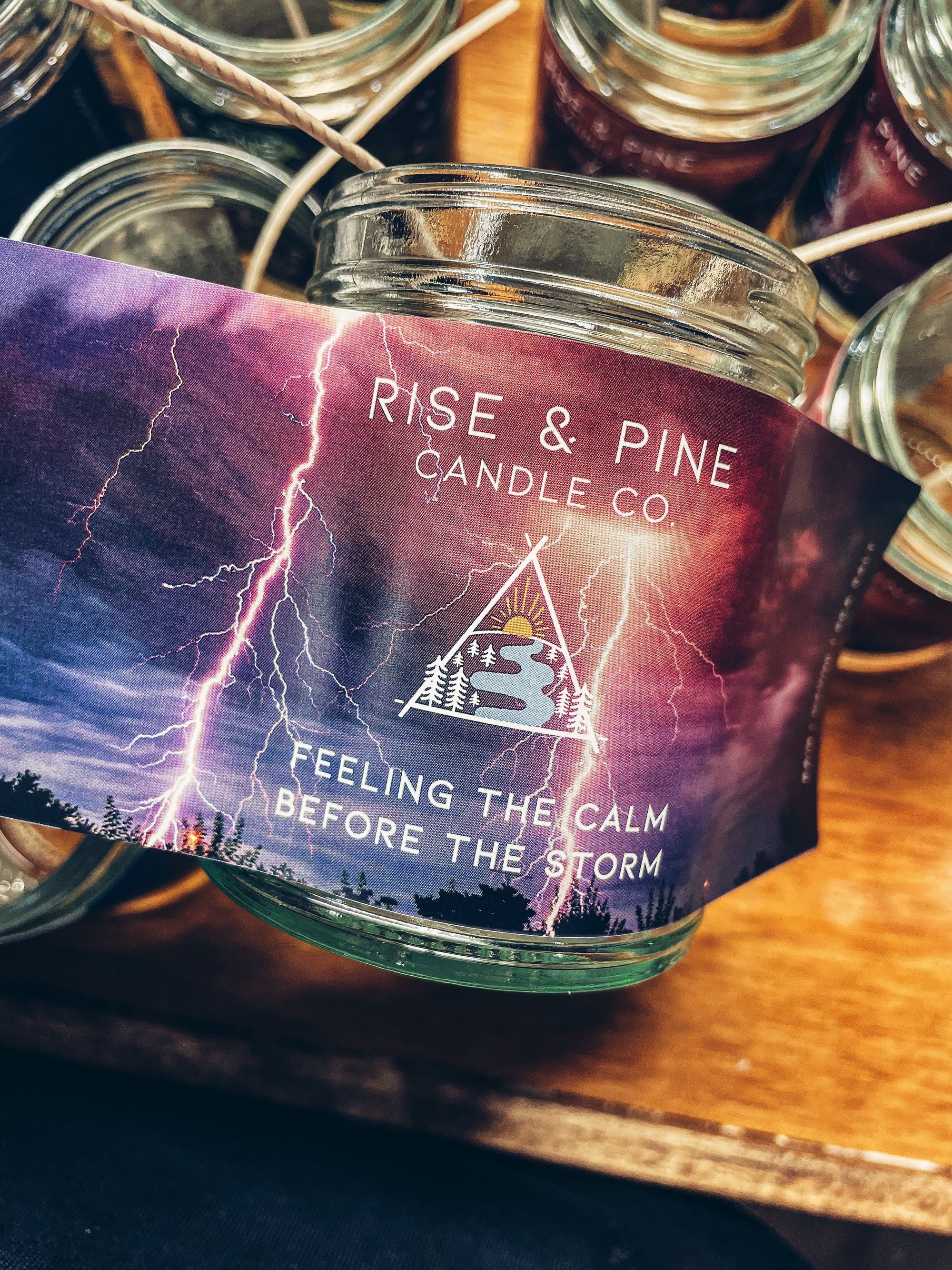The Allure of Petrichor: Why We’re Drawn to the Scent of Rain
•Posted on April 21 2025

There’s something magical about the smell of rain. That moment just after a summer storm or when the first drops hit dry earth—it’s comforting, grounding, and instantly nostalgic. This familiar scent has a name: petrichor. And it’s more than just a pleasant smell—it’s an experience that evokes memory, mood, and a deep connection to nature.
At Rise & Pine, we love capturing nature’s most beautiful moments in our hand-poured soy wax candles, and our petrichor-inspired scents are no exception. But what exactly is petrichor, and why do we find it so intoxicating? Let’s dive in.
What Is Petrichor?
Petrichor (pronounced peh-truh-kor) is the earthy, fresh scent produced when rain falls on dry soil. The word was coined in the 1960s by two Australian researchers, and it comes from the Greek words petra (stone) and ichor (the fluid that flows in the veins of the gods). Quite the poetic name for something so beautifully simple.
The scent comes from oils secreted by plants during dry spells and a compound called geosmin, released by soil-dwelling bacteria. When rain hits the ground, it causes these compounds to become airborne, creating that unmistakable, fresh scent that so many of us associate with calmness and renewal.
Why Do We Love the Smell of Rain?
There’s science behind our emotional response to petrichor. Because rain is often linked to relief—especially after dry weather—our brains tend to associate its smell with positive memories. In fact, studies have shown that geosmin triggers strong sensory responses, even in tiny amounts. It’s one of those scents that seems to cut through everything and hit you in the best way possible.
For many, petrichor brings a sense of peace, grounding, and even nostalgia. It reminds us of childhood summers, outdoor adventures, or simply being curled up indoors during a thunderstorm. It’s nature’s own version of aromatherapy.